Types and Varieties of Corn
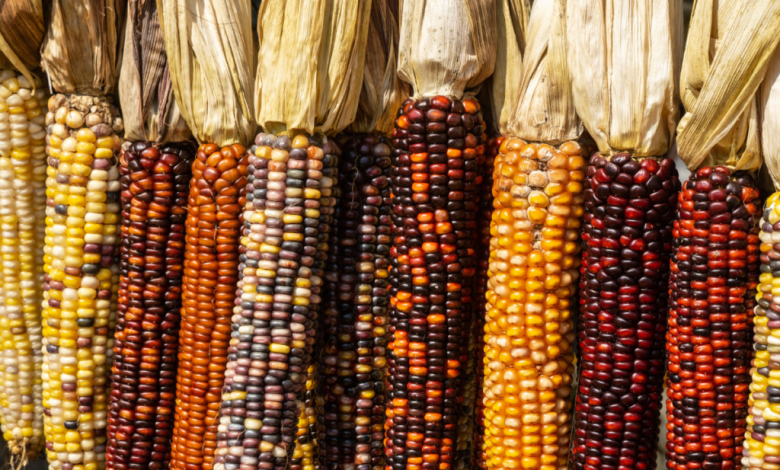
What do we teach you in this article?
We will show the most cultivated types and varieties of corn throughout the world, as well as their characteristics and plantation area.
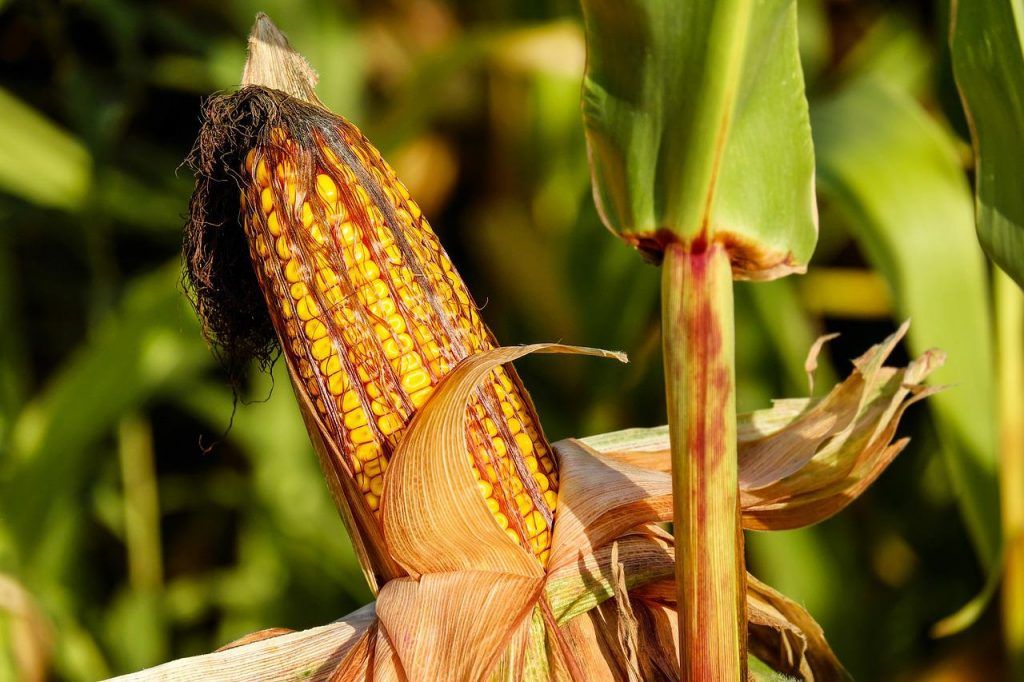
Corn, which in the Taino Mahís word means «what sustains life», is one of the three most important and nutritious cereals in the world, along with rice and wheat. Hence the importance of its cultivation in all countries, where it is considered one of the essential elements in the daily diet of households.
Corn is an American grass plant characterized by its long, solid stems, without holes, from which ears or spikes are produced, which are its male and female inflorescences.
As food, the whole grain can be obtained from corn or it can be worked with dry milling techniques in order to obtain intermediate products, such as semolina and flour, which in turn have a series of applications in the exquisite world of gastronomy.
Did you know…?For example, the cobs are peeled and shelled in a manual or industrial process, and then the grains, which are yellow and white when ripe, passed through a mill from which the dough used in the production of arepas, buns, cachapas or tortillas, which are the vital food of many countries in America.
The arepa, originally from Venezuela, is a food made from industrially processed corn flour, which, dissolved in water, becomes a dough that is given a rounded and crushed shape to subject it to fire.
Once roasted or fried, the arepa is opened wide and inside it is nourished with meat, cheese, pork, eggs or any other food with which it is complemented in the preparation of one of the most exquisite meals of gastronomy. Latin American.
The process is almost similar to that of the tortilla and the capacha, which, however, have larger shapes and different flavors from the arepa due to the characteristics of their preparation.
What are the most cultivated types or varieties of corn?
Like most plants, corn comes in different types and varieties, but its classification depends on the country where it is grown. Naturally, in most of them, the main varieties could be the following:
hard corn
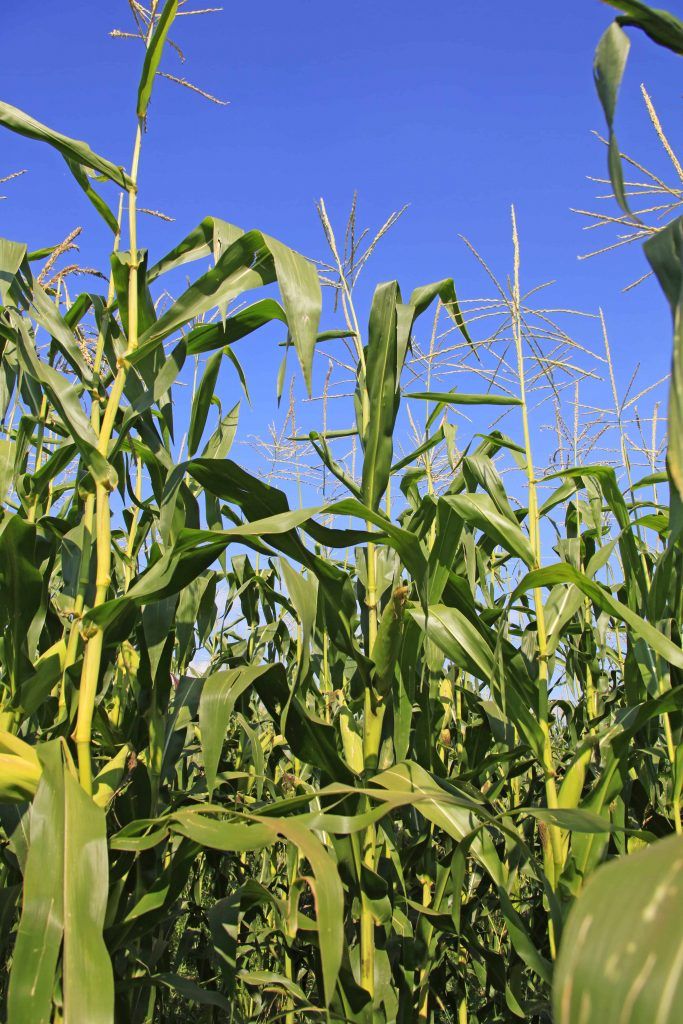
Hard corn is the variety that goes beyond the canon of a plant that needs plenty of sun, because it is grown in cold and humid climates, where it grows happily. Its grains are round and hard and starch is an important part of its composition.
As it is resistant to pests and diseases, it is widely cultivated for human and animal consumption. And it is also used to make that delicious food called cornstarch, which is used in numerous dishes such as soups, creams, sauces, compotes and porridge, as well as to coat meat, chicken and fish.
Sweet corn
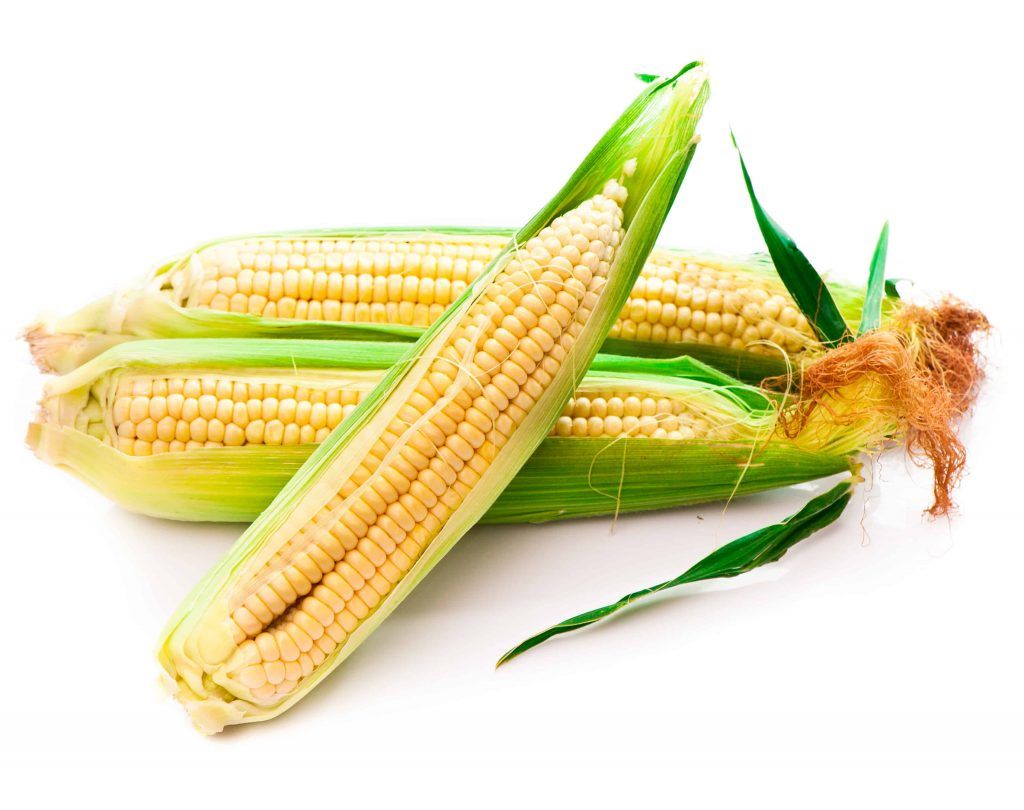
It is a type of white corn, because it retains a certain level of moisture, and due to its high sugar content it is also sweet, but unlike hard corn it attracts pests, so it is not liked by growers. It is also not a friend of tropical climates, which is why it is grown in few countries and is not as well known as the other varieties.
popping corn
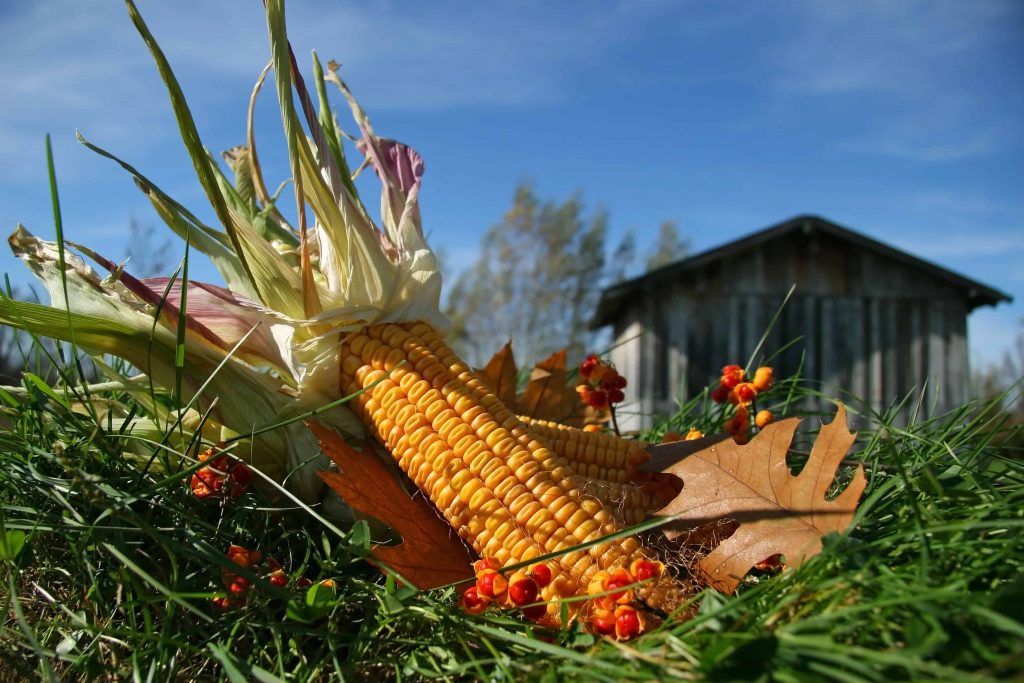
As can be easily inferred from its revealing name, this is the type of corn that we consume in the cinema since it is used to produce the famous popcorn, also known as popcorn in some countries.
The way to prepare them is to cook them so that they burst and the endosperm comes out and expands. But in theaters they sell them ready-made (thank God!) and they are as famous as the most famous of the actors we admire on the screen.
dent corn
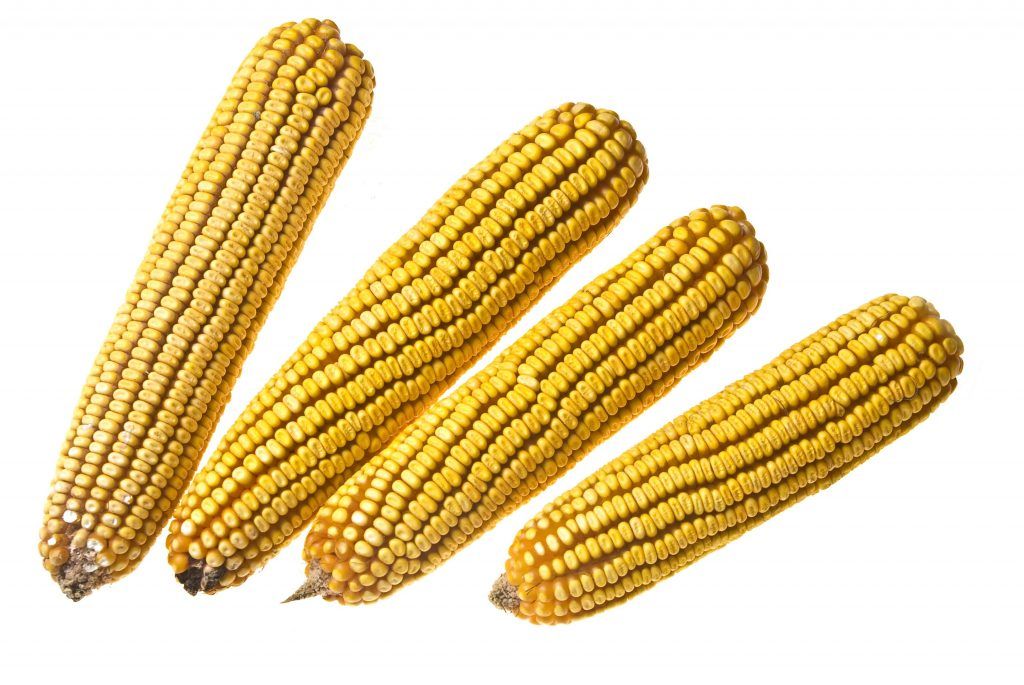
So called because it is tooth-shaped, this variety is made up of soft starch and hard starch and proteins, being a source of energy for the plant.
The tooth shape is taken during the drying process to which it is subjected. It is a high harvest food for humans and animals, despite being susceptible to pests and diseases.
Dent corn gets its name from the indentation that appears at the top of the kernel when it dries. The grains contain a hard form of starch on the sides and a soft type of starch in the center. These center starches tend to shrink as the grain dries, creating a «dent» at the top of the grain.
The ears produced by dented varieties tend to be large and stocky, so they have tall, strong stems to support their weight. Plants generally do not have numerous stems, called tillers, which is a common trait in heirloom flint and flour types. The tall, unassuming stalks also make them attractive for harvesting with large-scale commercial equipment and for use in corn mazes.
Also known as «field corn,» dent corn makes up the majority of the world’s commercially grown corn. It is primarily used for livestock feed, silage, corn gluten meal, food products from cornbread to tortillas, and is refined into high-fructose corn syrup, plastics, and ethanol. Due to commercial applications, much of the dent corn varieties grown are GMOs or hybrids.
Dent corn is high in starch and can be ground to make cornmeal when harvested dry. Its medium grainy texture is also ideal for making semolina. The dried kernels can be nixtamalized to make masa-grind grits or corn grits (ground after the nixtamalization process and preferred in many areas of the southern US).
Harvested fresh, dented corn is used for elotes in Mexico (corn on the cob with seasonings such as salt, chili powder, butter, cotija, lemon or lime juice, and mayonnaise), but it is being replaced by more flavorful sweet corn varieties. When harvested just after the milk phase, it makes an ideal base for green corn tamales as it provides some stiffness to the dough but retains the sweetness of the milk phase.
mealy corn

It is a highly sought after type of corn, since it is used mainly for the preparation of beverages, because its grains of various colors and textures are the softest among all types of corn, although it is also used as food.
If you want to grow this variety of corn, it is better that you are prepared and with a whole artillery to fight the plagues and worms that will besiege it with your mouth watering, because, due to its floury nature, it tends to rot easily.
Bread corn is primarily made up of soft starch, which gives it the ability to be easily ground into a fine cornmeal. The ears are usually long and thin and can be harvested in their immature or “milk” stage. The most common preparation methods are steaming, boiling or roasting.
Although it is sweeter and more tender than the flint types at this stage, it is not as sweet as the sweet corn types. Most of the time, bread corn is harvested when fully ripe and dry and ground to make cornmeal.
The flavor of flour corn is subtle and delicate. Without the dense oils and proteins packed into the endosperm, the flavor is not as rich as flint corn types. The blue and red varieties have the most flavor, as well as the nutrition provided by the abundance of antioxidants and carotenoids.
The soft texture of flour corn makes it much easier to grind and digest, which is why most preparations are made with the fine corn flour they produce. There are many uses for food products such as breads, tortillas, tamales, or pinole (corn flour added to beverages). Mealy corn kernels can also be left whole and roasted to obtain corn kernels and make posole. Dried beans can be ground with a powerful blender or food processor, or with a hand-cranked grinder, which allows for the best flavor. Roasting whole grains or ground cornmeal intensifies the flavor and adds a nutty richness.
Varieties of mealy corn come in a rainbow of colors and even different patterns. Some of the most beautiful contain speckles and streaks. The Pawnee Seed Preservation Project is working to restore Eagle corn, known for the dark spots reminiscent of birds in flight on each kernel.
Hopi blue, Seneca white, and Apache red are some of the bread corn varieties. Most Native American communities have their own version of white, blue, red, yellow and multi-colored bread corns, adapted to their growing environment. The commercial Painted Mountain variety contains a range of colors and no ear looks like another.
waxy corn
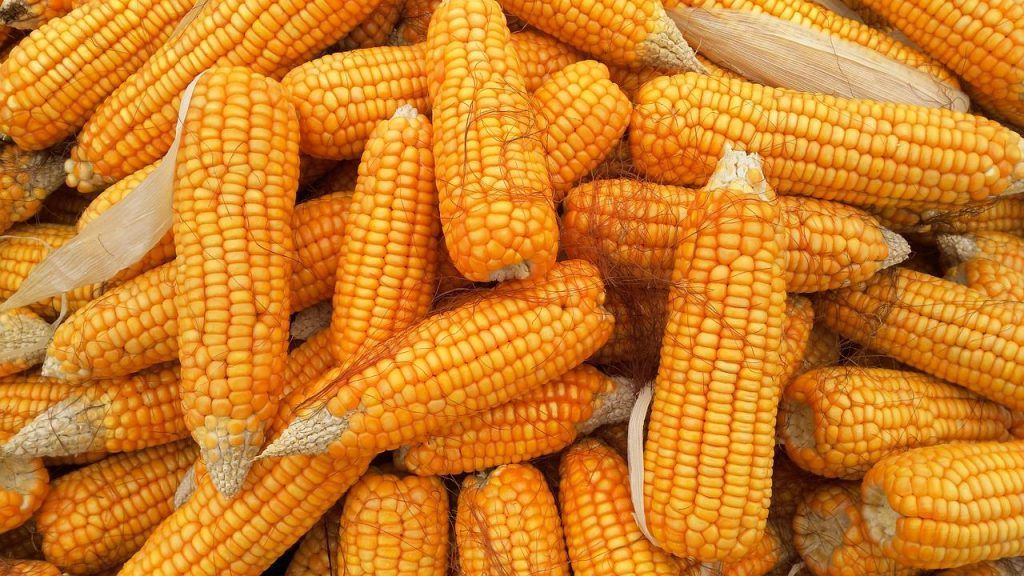
This type of high- moisture corn is not made from starch but from amylopectin, an easily digestible polysaccharide that athletes love because it helps them increase performance, since it is quickly absorbed by the body.
This corn has an endosperm with an opaque and waxy appearance, from which it gets its name, and is consumed in many homes around the world. As it originated in China, in this country it is used in typical foods.
corn characteristics
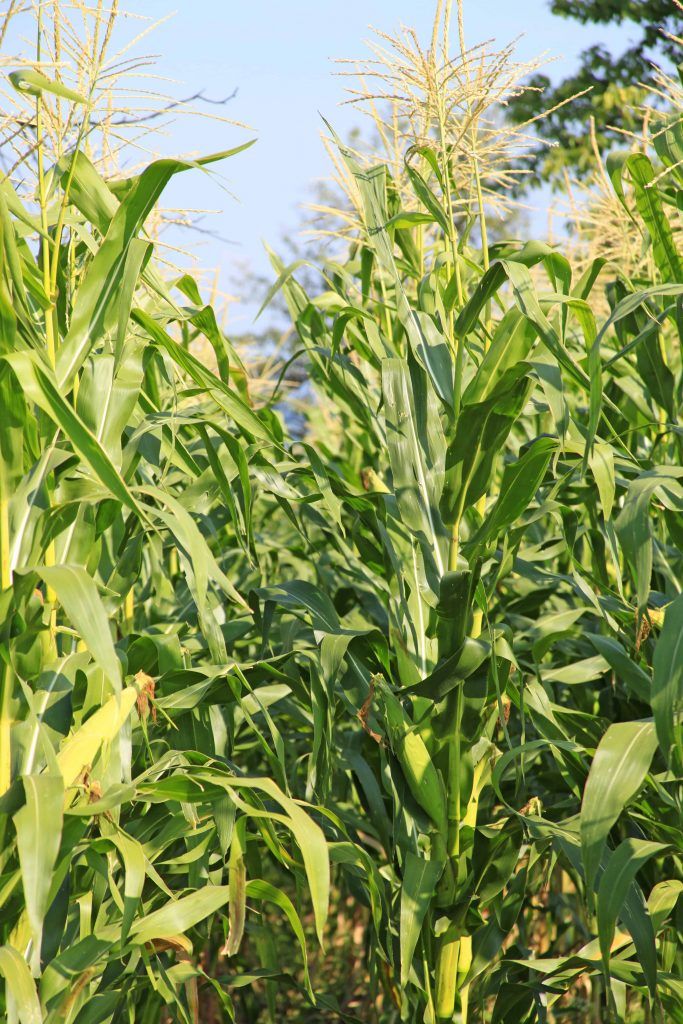
Corn is very old. It is said that it was cultivated by the Tehuacán peoples in Mexico, 8,000 years ago, and used as food by the Mayans until it spread throughout the continent to be a fundamental food of pre-Columbian cultures.
It was brought to Europe by settlers from the American continent at the time of the Conquest and the Colony, and from Europe it ended up spreading throughout the world to be one of the most cultivated plants, due to its tolerance to different climates, and, consequently,, one of the most desired foods, because it is very easy to prepare.
It is common that it is cultivated in all the countries of the Americas as an important part of the gastronomy together with chili, pumpkin and beans or black and red beans (beans). And, due to its adaptive capacity, it is also widely cultivated in Asia and Europe.
The use of this plant is not only for food, but also serves as fodder, since in more than 50% of developed countries it is used in the production of compound feed for poultry, pigs and ruminants.
Due to the increase in oil prices, fermented corn has been used to produce Ethanol fuel, which is in great demand in the United States where more than 30% of the harvest is used in this project. Corn is also used in the production of alcoholic beverages.
Among the most outstanding characteristics of this species so important for human survival we have the following:
- The corn plant is robust and produces an annual production, with an erect, vigorous stem, and without branches, which can reach 4 meters in height. Its inflorescence is male and female separated on the same plant.
- Precisely, its paternal parts, which are the spike or spike, and maternal parts, which are branched into lateral structures, are the subject of continuous genetic studies since this way crosses can be made and new hybrids created on the market to achieve high-yield productions.
- In this process, plants resistant to viruses, adverse weather conditions and pests and diseases are selected, which develop a good size, to cross them with corn plants with certain characteristics.
- Corn leaves are long, lanceolate, parallel-veined and alternate, have soft hairs, have sharp and cutting ends, and remain tightly embraced to the stem.
- The roots provide a perfect anchor to the plant, some of them secondary or adventitious roots from which knots protrude at ground level. Its root structure is complex compared to those of other plants that are simpler.
history of corn
Maize is one of the oldest crops domesticated by humans. As we have discussed above, the origin of corn began in what is now central Mexico about 8,000-9,000 years ago.
Did you know…?Maize was domesticated from a wild grass known as teosinte, which resembles modern maize in that it has similar green stems and leaves and forms tassels on top. But the ears are tiny, only two inches long, with few rock-hard seeds.
For thousands of years, indigenous peoples experimented with the culinary qualities of teosinte, selecting the seeds and promoting the growth of traits they liked. Teosinte can be popped when the kernels are dry and is also a soft, sweet-tasting seed when eaten green.
Thanks to his genius plant-growing techniques, about 6,000 years ago maize resembled what we recognize as maize: a central ear surrounded by kernels. This primitive corn was a popcorn and quickly spread across North and South America thanks to the movement of people and the exchange of seeds. Breeders continued their work developing different varieties and pushing this tropically adapted grass to grow in new environments.
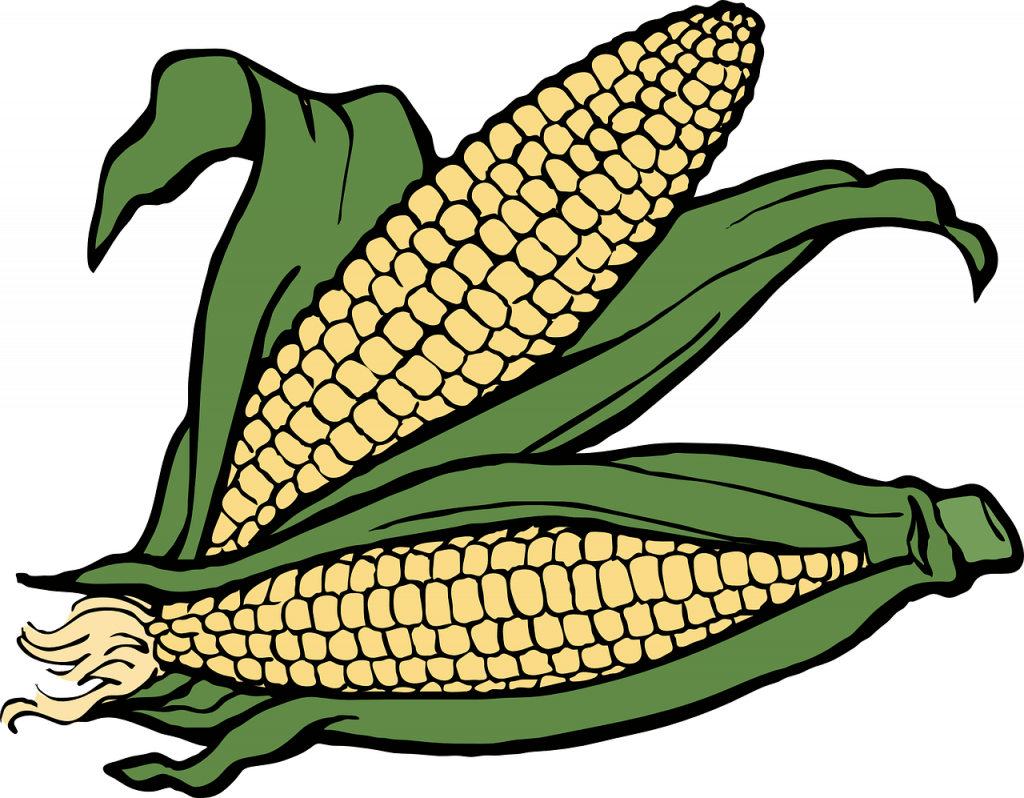
Did you know…?Archaeologists have identified the oldest corn in the desert Southwest at sites dating back 4,000 years, marking the entry of corn into what is now the United States. About 2,000 years ago, people grew popcorn varieties along with flour corn varieties, which were probably developed for their ease of grinding and flexibility in cooking.
Dependence on maize in the diet increased, as did the diversity of varieties. 1,500–1,000 years ago, corn was commonly grown throughout the temperate regions of what is now the United States and southern Canada, along with other crops such as squash, kidney beans, amaranth, tobacco, and sunflowers. Corn began to spread throughout the world 500 years ago, after the colonization of indigenous peoples by Europeans.
The different varieties of maize are now one of the largest agricultural products in the world and constitute a significant part of the calories of the human population, along with wheat and rice. Beyond feed, the various types of corn are grown for animal feed, industrial products, and biofuels. This is why maize is also one of the most manipulated crops, with new selections being introduced each year.
Methods for growing this corn range from the classic plant breeding techniques used to grow corn for thousands of years to CRISPER gene editing technology.


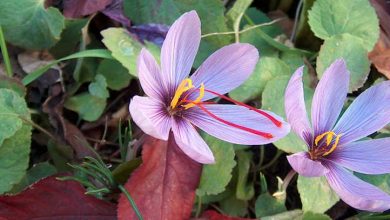
![Photo of How many types of roses are there and which ones are good for your garden? [15 Examples]](https://www.complete-gardening.com/wp-content/uploads/2022/08/how-many-types-of-roses-are-there-and-which-ones-are-good-for-your-garden-15-examples-390x220.jpg)
